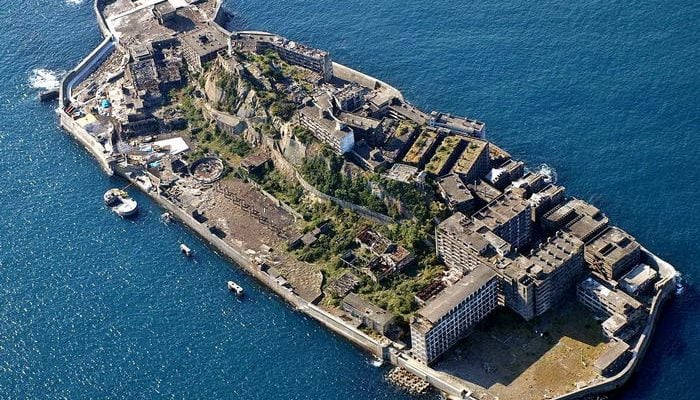Have you ever wondered about the silent stories etched into the walls of abandoned towns? Ghost towns, those mysterious remnants of past civilizations, stand as silent witnesses to times gone by. Each of these locations, whether forsaken due to natural calamities, economic shifts, or human conflicts, holds a unique tale waiting to be explored.
Our planet is dotted with such enigmatic sites, and in this exploration, we’ll uncover the top ten ghost towns, each with its own haunting allure. We’re not just talking about dusty streets and creaky windmills. These places offer a glimpse into the rich tapestry of human history and nature’s unpredictable power.
Chaitén in Chile, for instance, tells a story of nature’s wrath, while Oradour-sur-Glane in France whispers the somber tales of war’s aftermath. The abandoned homes in Kayaköy, Turkey, evoke reflections of cultural shifts, and Plymouth in Montserrat gives a peek into a modern-day Pompeii scenario. Each location, from Bannack, Montana in the USA to Hashima Island in Japan, unveils a chapter of history frozen in time.
As we explore these forgotten places, we’ll delve into their histories, understand the forces that led to their abandonment, and discover what makes them compelling destinations for the curious traveler.
So, let’s get ready to explore these captivating sites. They’re not just relics of the past; they’re open books to history, culture, and the ever-changing dynamics of human settlements. These ghost towns, often off the beaten path, offer an unconventional glimpse into the heart of bygone eras – a true treat for anyone fascinated by the intertwining of history, culture, and the enigmatic beauty of desolation.
10 – Chaitén – Chile
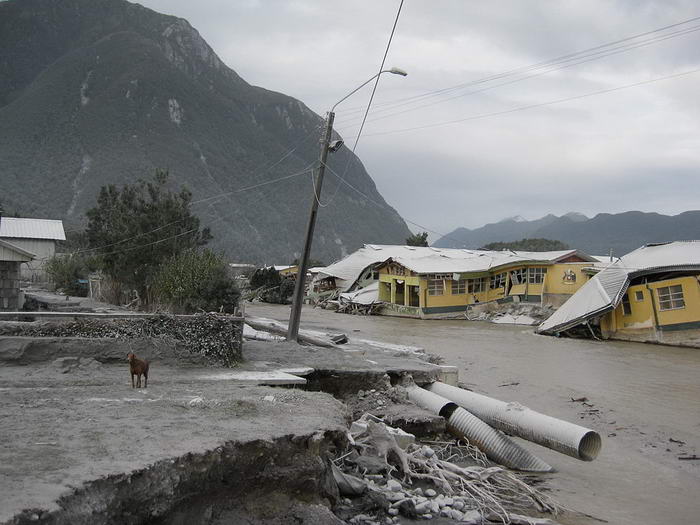
09 – Oradour sur Glane – France
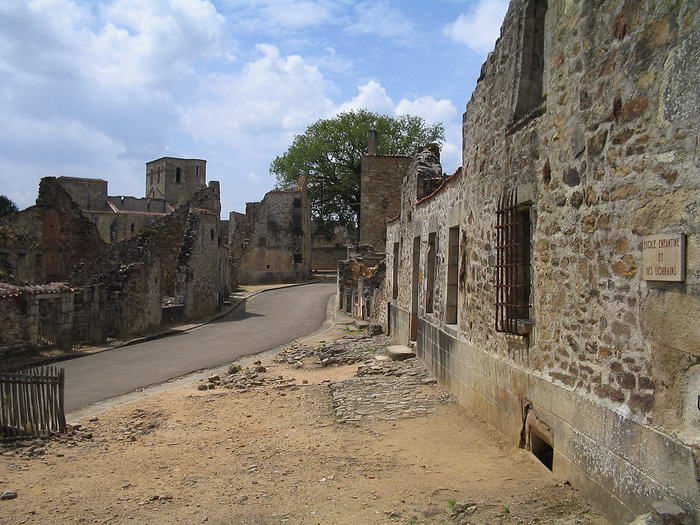
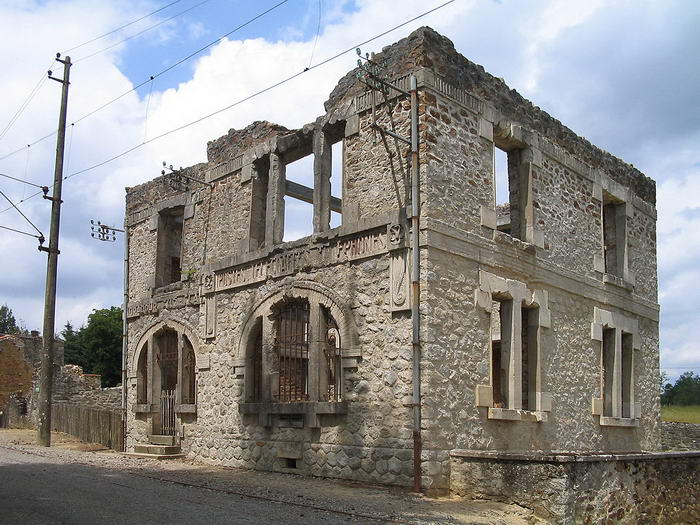
08 – Kayaköy, Fethiye District – Turkey
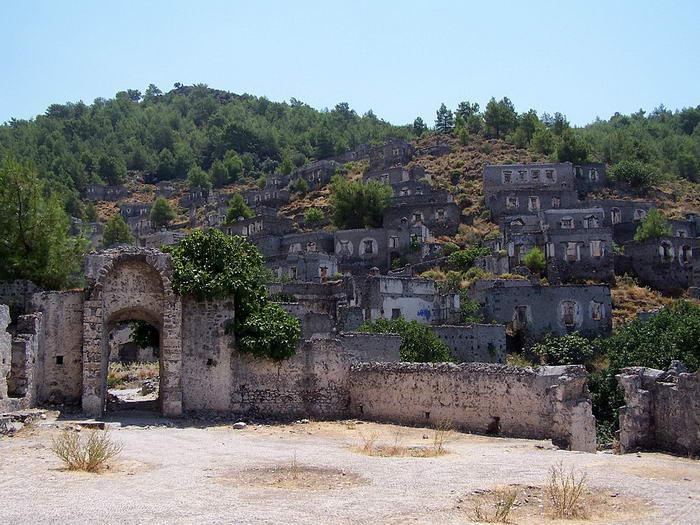
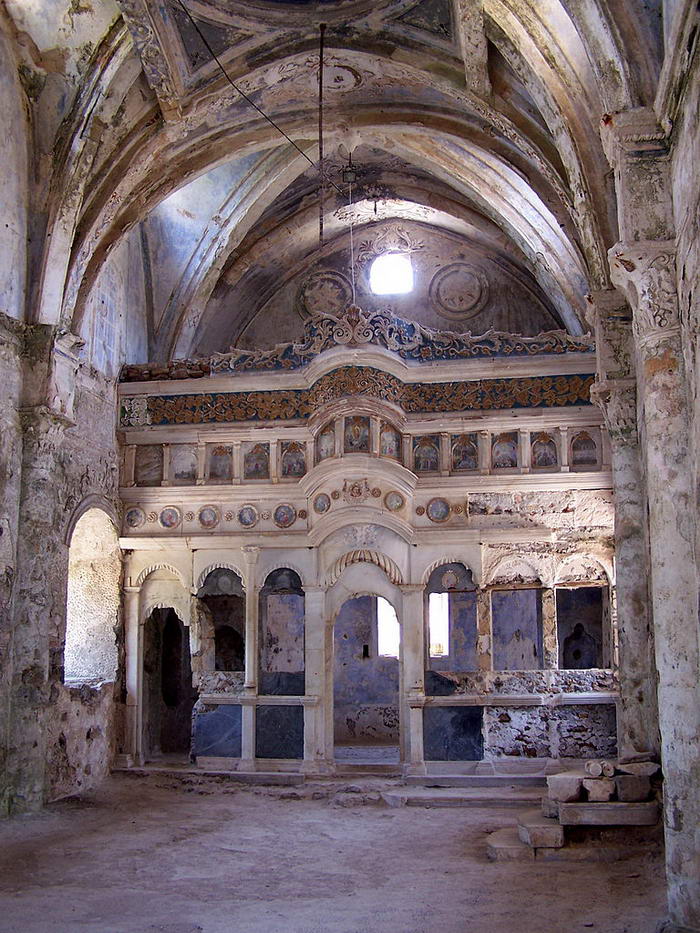
07 – Plymouth – Montserrat
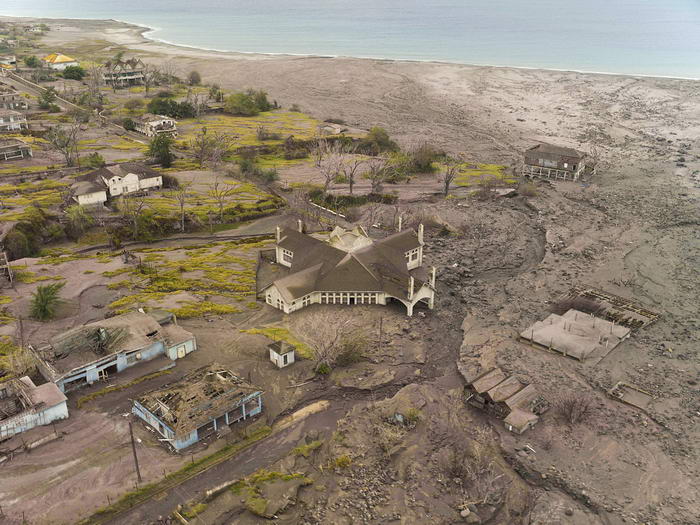
06 – Bannack, Montana – USA
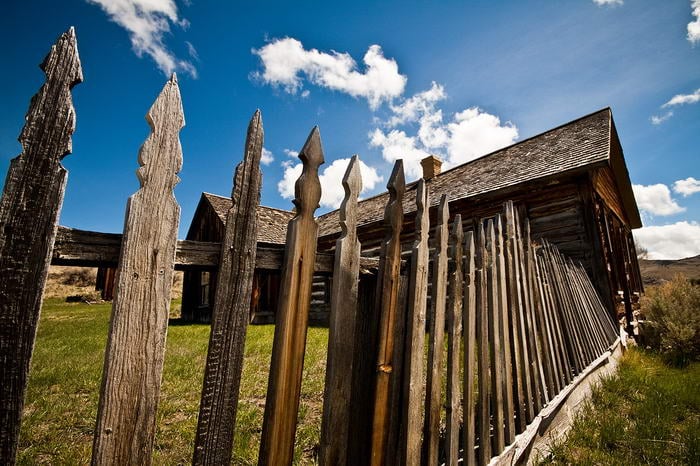
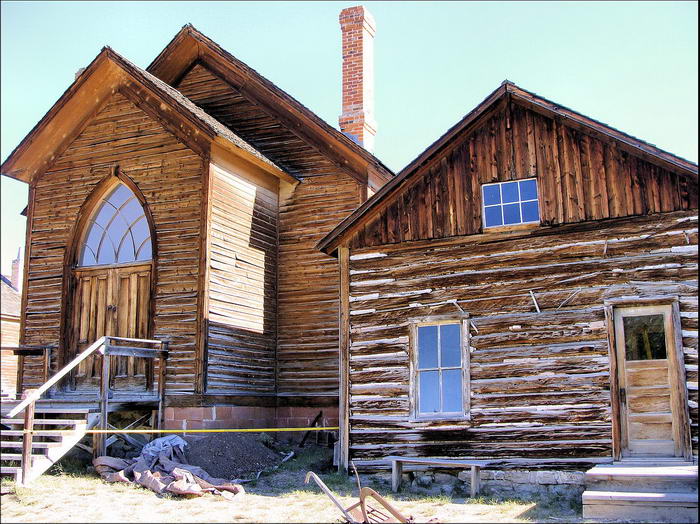
05 – Cañada de Benatanduz – Spain
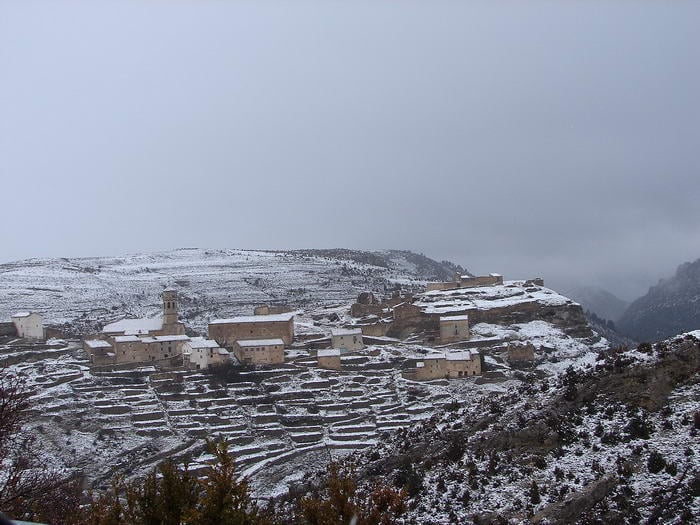
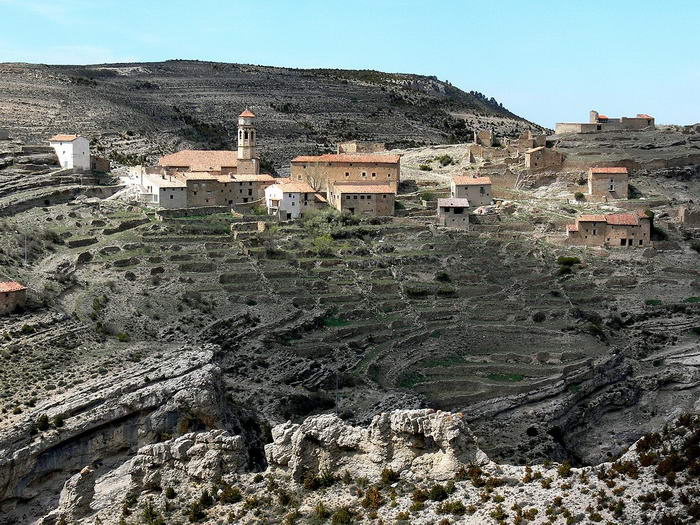
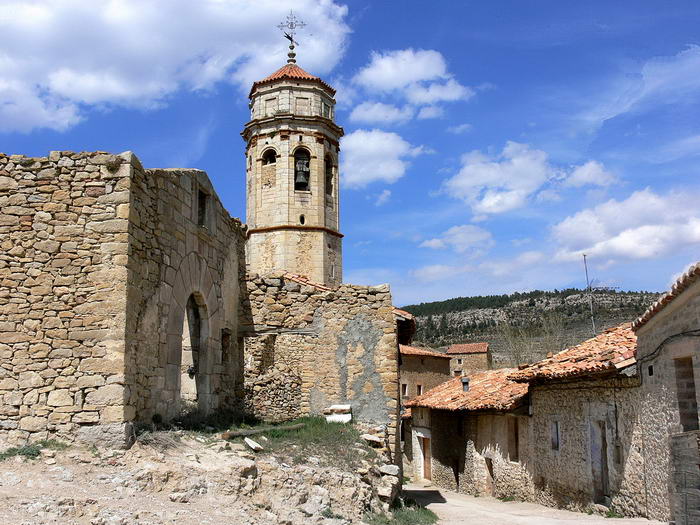
In the heart of Spain lies Cañada de Benatanduz, a hauntingly beautiful ghost town. Once a medieval settlement, its decaying stone buildings and narrow streets echo with tales of a bygone era. The town’s slow decline started in the 19th century, accelerating with rural depopulation in the 20th century. Today, it stands as a picturesque yet somber reflection on the passage of time, offering a serene yet eerie escape into Spain’s rural history.
04 – Varosha – Cyprus

03 – Beichuan – China

The town of Beichuan in China’s Sichuan province was tragically reshaped by the devastating 2008 earthquake. This natural disaster transformed the bustling town into a silent memorial. The preserved ruins now serve as a powerful reminder of the earthquake’s impact. It is attracting visitors who come to pay respects and learn about the event’s profound effects on the community. The site provides a poignant look into the resilience and recovery in the face of natural disasters.
02 – Romagnano al Monte -Italy
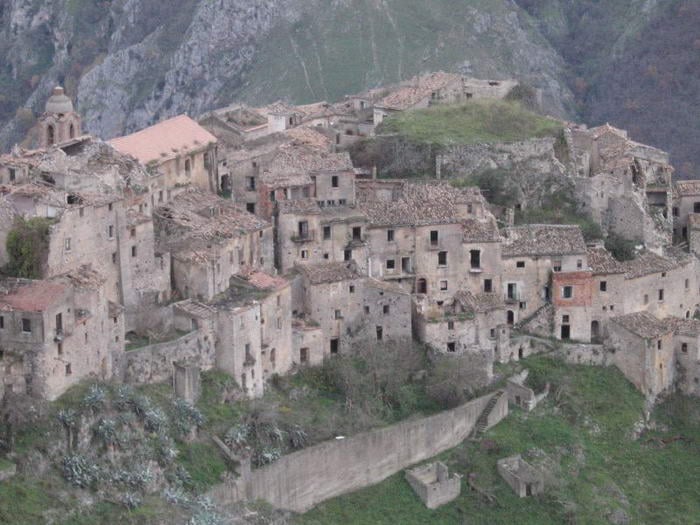
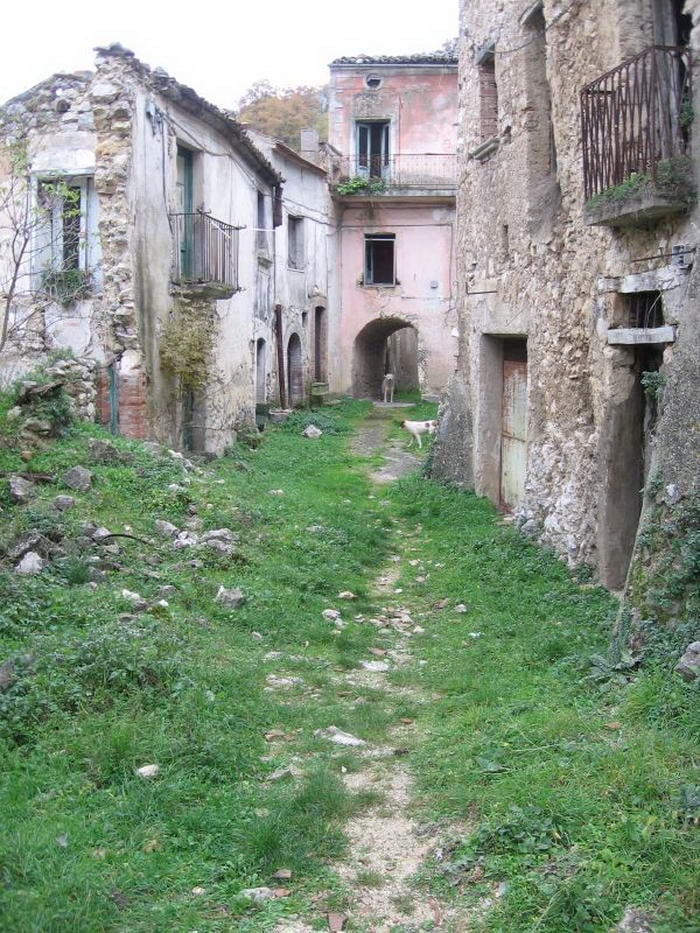
Romagnano al Monte, a jewel nestled in Italy’s Campania region, offers a striking snapshot of medieval life. Abandoned following an earthquake in 1980, this town’s ancient stone buildings and winding alleyways speak volumes of its storied past. Perched atop a hill, Romagnano al Monte overlooks breathtaking landscapes, offering a serene yet haunting beauty. Its abandonment has preserved a unique architectural heritage, making it an intriguing destination for those drawn to Italy’s rich history and culture. Visitors can wander through the deserted streets, imagining life as it was centuries ago, and appreciating the enduring charm of this Italian ghost town.
01 – Hashima Island – Japan

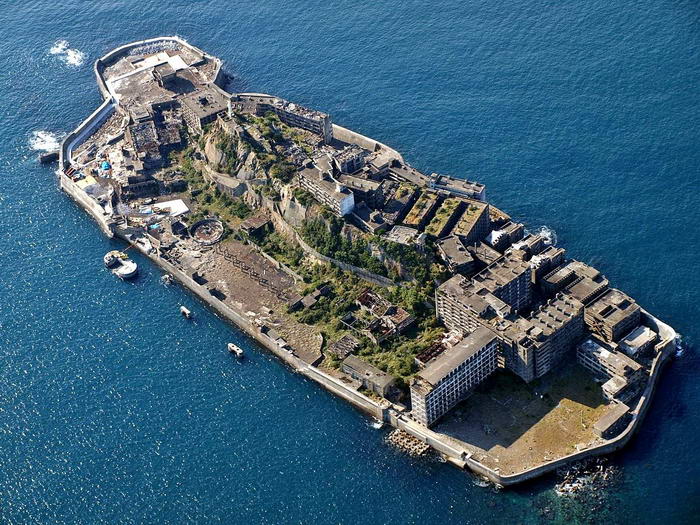
Ghost Towns: A Mosaic of Inspiration in Modern Media
Ghost towns, with their haunting allure and rich historical tapestries, have long captivated the imagination of creators in various media forms. These abandoned locales serve as more than historical sites. They are wellsprings of inspiration in modern media, from movies to music.
-
Movies:
Ghost towns have provided the perfect eerie backdrop in films like “28 Days Later” and “Silent Hill”, where the desolation and mystery amplify the horror and suspense. In “The Lighthouse” and “Get Out”, these settings contribute to the unfolding psychological drama, while “The Conjuring” uses the ghost town’s aura to heighten its supernatural narrative.
-
Novels:
Famous authors have set their stories in ghost towns to create atmospheric settings. Stephen King’s “Salem’s Lot” revolves around the abandoned Marsten House, a key element in its vampiric horror. Peter Straub’s “Lost Boy, Lost Girl” features a haunted house as the centerpiece of its chilling mystery. Shirley Jackson’s classic, “The Haunting of Hill House”, uses the desolation of an abandoned manor to weave a dark, enthralling tale.
-
Photography Projects:
Photographers like James Kerwin capture the beauty and solitude of ghost towns in projects like “Uninhabited”. His work spans various locations, including the deserts of Namibia and the city of Pripyat in Ukraine, offering unique perspectives on these forsaken sites.
-
Music Videos:
Artists have utilized the eerie scenery of ghost towns to add depth to their music videos. REM’s iconic video for “Losing my Religion“, Shinedown’s “Simple Man”, and Kings of Leon’s “Sex On Fire” are just a few examples where abandoned settings enhance the visual storytelling and emotional impact of the songs.
-
Gaming:
Video games often use ghost towns as stages for adventure and exploration, immersing players in worlds that blend reality with fiction. They provide rich, atmospheric settings that enhance the gaming experience.
-
Documentaries and Educational Programs:
Beyond entertainment, ghost towns are featured in documentaries and educational programs, offering real-life examples for discussions on history, sociology, and environmental studies.
These varied interpretations of ghost towns in different forms of media not only keep these forgotten places alive in public memory. But also underscore their significance beyond mere historical curiosities. They remind us of the transient nature of human endeavors and the enduring stories left in these silent, yet eloquent spaces.
Reflecting on the Echoes of the Past: The Legacy of Ghost Towns
As we conclude our exploration of the world’s most astonishing ghost towns, it’s clear that these places are much more than mere relics of the past. They are profound storytellers, each holding a mirror to pivotal moments in human history. From Chile’s Chaitén, a testament to nature’s might, to Japan’s Hashima Island, a symbol of industrial transformation, these towns offer invaluable insights into our world.
They serve as poignant reminders of the impermanence of human endeavors, the resilience in the face of adversity, and the inevitable march of time. For the curious traveler, historian, or simply the reflective soul, these ghost towns are not just destinations. They are poignant experiences, compelling us to ponder the complexities of human life and the legacy we leave behind.
In their silent streets and abandoned buildings, there’s a certain beauty. A beauty that lies in the stories of those who once called these places home, and the enduring spirit of places once vibrant and full of life. As we step back into our own bustling lives, these ghost towns remain, standing as guardians of history, challenging us to remember and learn from the past.


